Meta's latest venture into VR entertainment aims higher than simply adding Netflix to their headsets. What we're seeing with Horizon TV is Meta constructing a unified entertainment hub that could fundamentally challenge how we think about home television. This isn't just about watching movies in virtual reality, it's about reimagining the entire TV experience within a spatial computing environment that transforms your living room into a personalized entertainment command center.
Think of it this way: traditional smart TVs keep tacking on apps and voice controls, while Meta is flipping the script. They're asking, "What if the TV could be anywhere, any size, and offer experiences physical displays can't match?" The answer sits inside a comprehensive VR entertainment platform taking shape across Quest headsets, one that could make your expensive 75-inch OLED feel surprisingly limited.
What makes Horizon TV different from traditional streaming?
Here's where things get genuinely interesting. Meta isn't just porting existing streaming apps into VR, they're rebuilding the entire entertainment discovery experience from the ground up. Horizon TV serves as a centralized platform that aggregates content from major providers including Prime Video, Peacock, Disney+, Hulu, and ESPN into a single, spatially-organized interface.
The spatial organization marks a real shift in how we navigate entertainment. Instead of scrolling through flat menus, users can navigate through Movies, TV Shows, Sports, Music, and 'Immersive' sections that live in three-dimensional space. It feels less like a settings screen and more like wandering a well organized library, categories as destinations rather than menu options.
But the real game changer is the cross platform functionality, watchlists that aggregate content from multiple subscribed services, letting you curate one viewing queue without caring which service actually hosts the show. No more trying to remember where you stashed that series across five different apps.
Now here's something that'll make traditional TV owners take notice: Meta has implemented technical improvements like eliminating letterboxing and displaying media in correctly sized windows based on aspect ratio. Anyone who has stared at black bars on a pricey 4K set will appreciate formatting that adapts presentation in real time to the media's native characteristics.
How immersive content partnerships are changing the game
This is where Meta's strategy gets clever. Instead of competing only on convenience, they're creating experiences a TV simply cannot deliver. Through partnerships with Universal Pictures and Blumhouse, movies like "The Black Phone" and "M3GAN" now feature enhanced 3D effects that make familiar films feel new.
These deals are more than tech demos, they build exclusive content tiers that create real competitive advantages. When you can watch a horror movie with depth and spatial audio that makes you feel present in the scene, flat TV viewing starts to feel, well, flat.
It also tracks with the broader push toward immersive content, as evidenced by Apple and Disney's similar partnership for Vision Pro. The headline grabber is Horizon TV's exclusive 3D clip from James Cameron's upcoming "Avatar: Fire and Ash" through their partnership with Lightstorm Vision. Exclusive previews like that give VR a why now that traditional viewing lacks.
From a technical standpoint, the platform launches with Dolby Atmos support and will add Dolby Vision later this year, so audio-visual quality can match or exceed what you'd expect from premium TV setups. The key difference, this content sits in a medium televisions simply cannot access, creating a new tier of exclusive entertainment that could drive adoption among content enthusiasts.
Why this represents VR's biggest challenge to traditional TV
Let's talk specs for a moment. Current VR headsets deliver up to 2,400 pixels per eye with fields of view beyond 110 degrees, which lands them in the ballpark of high-end television displays in terms of raw visual fidelity. The Quest 3 specifically offers 2064×2208 resolution per eye while maintaining a standalone design that doesn't require the cable management, wall mounting, or room configuration that traditional TVs demand.
VR also tackles space constraints that TVs can't solve. In cramped apartments or shared living situations, a headset can deliver a theater-sized viewing experience without needing wall space or dealing with roommate viewing preferences. That practical edge could prove decisive for younger demographics or urban dwellers who value spatial efficiency.
Here's the rub, the real competition isn't about pixel counts or refresh rates. It is comfort and social dynamics. VR headsets remain more physically uncomfortable than TVs for extended viewing sessions, and there's no getting around the fact that traditional TVs continue to dominate group viewing and social experiences.
Meta's challenge lies in proving that VR's unique advantages, spatial audio, personalized viewing environments, content that adapts to your space, and exclusive immersive experiences, can overcome these comfort and social limitations while delivering value that justifies the learning curve and hardware investment.
Where Meta's VR television vision leads us next
What's most intriguing about Meta's entertainment push is how it fits into broader industry trends that suggest we're approaching an inflection point. The spatial computing market is projected to surge from $20.43 billion in 2025 to $85.56 billion by 2030, with Meta dominating hardware shipments at 74.6% market share. This market position gives them significant leverage in defining how immersive entertainment evolves over the next decade.
The broader implications extend beyond simple device replacement. The future of home entertainment involves spatial computing, personalized AI-driven content, and holographic media, technologies that traditional TV manufacturers simply cannot integrate into flat-screen displays. When you consider that Meta invests approximately $20 billion annually in XR through Reality Labs, it becomes clear this represents long-term strategic positioning rather than experimental product development.
The success of Horizon TV will likely determine whether VR can transition from gaming and productivity applications to become a legitimate entertainment platform for mainstream consumers. If Meta can solve the comfort and social viewing challenges while delivering compelling exclusive content, they may well succeed in building the first true smart TV that exists entirely in virtual space.
What's particularly compelling is how this positions Meta ahead of traditional TV manufacturers who are limited by physical display constraints. While Samsung and LG continue incremental improvements to panel technology and smart TV interfaces, Meta is constructing an entirely new category of entertainment device, one that could fundamentally change how we think about home media consumption. The question isn't whether this technology will eventually complement traditional TVs, it is how quickly consumers will embrace entertainment experiences that transcend the limitations of physical screens entirely.







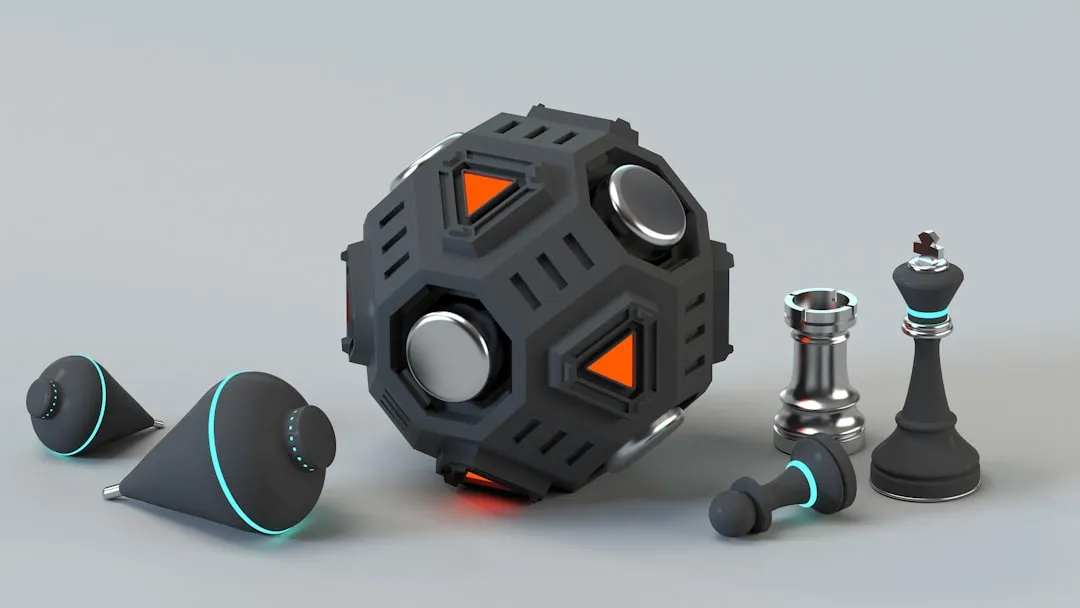

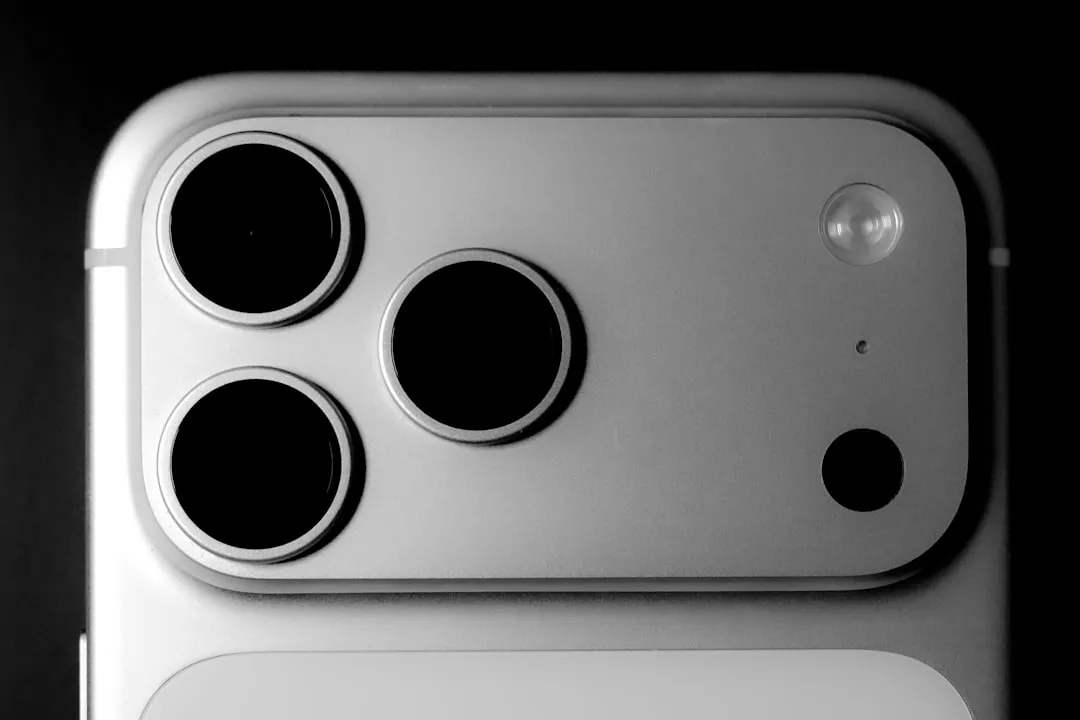









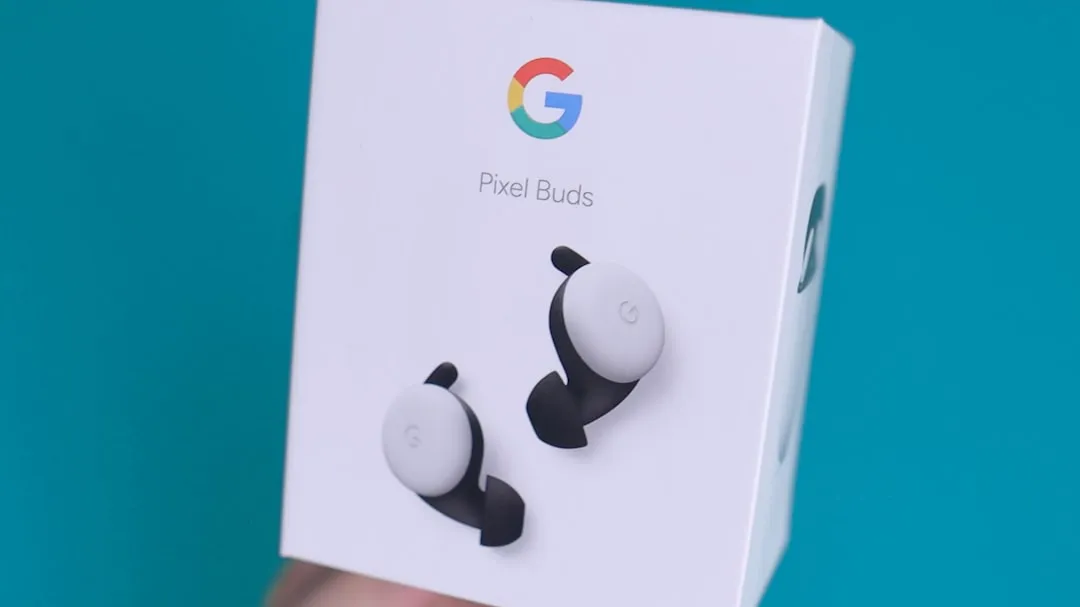


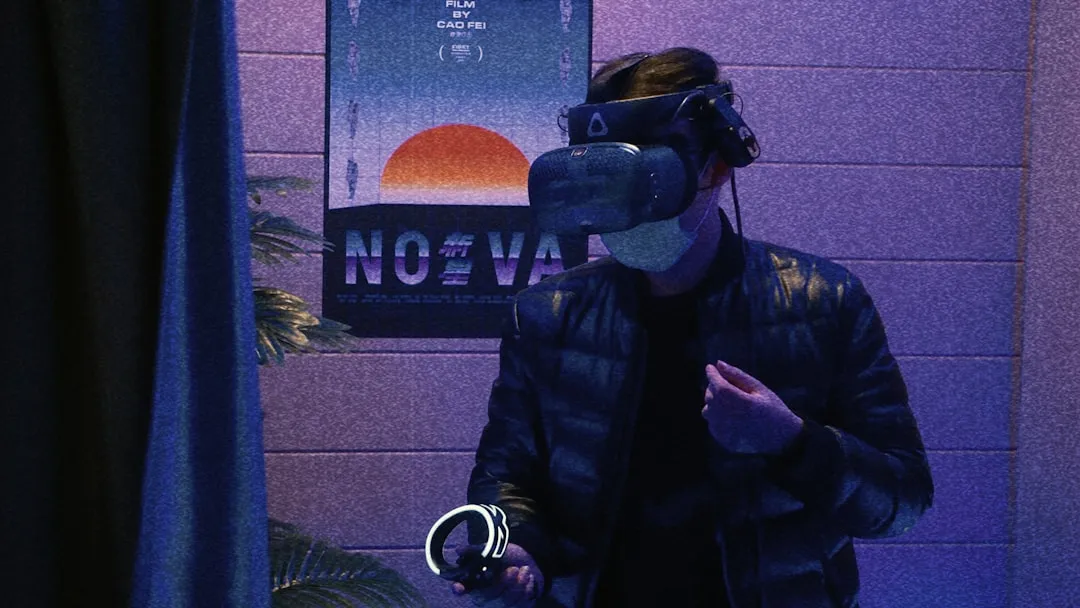
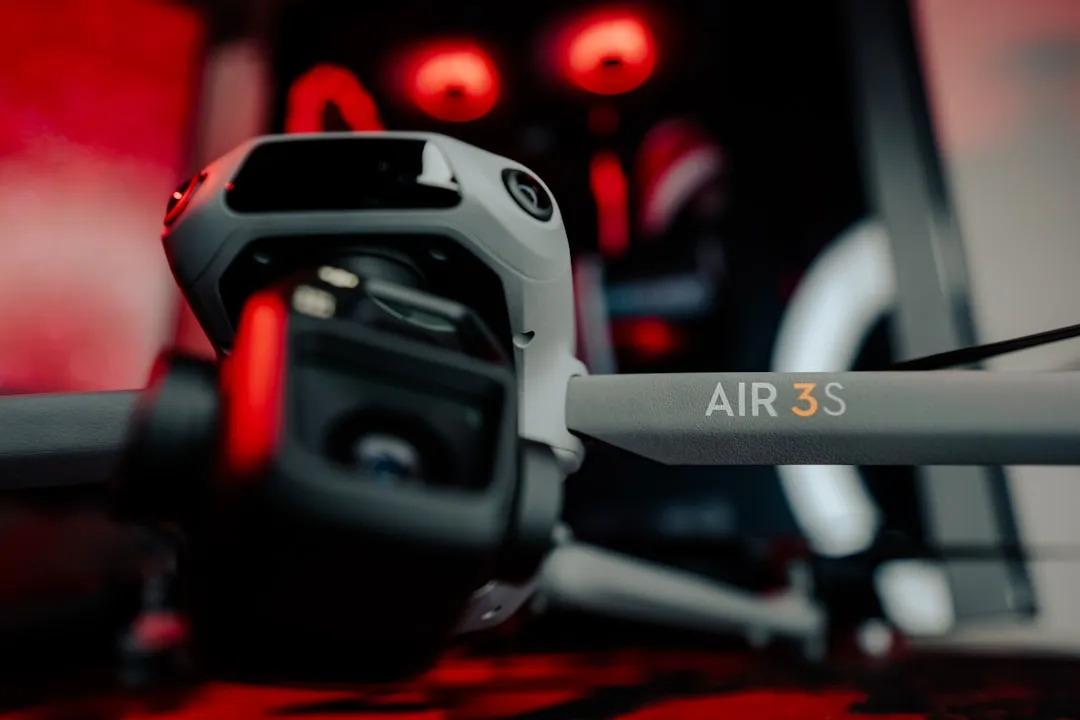

Comments
Be the first, drop a comment!